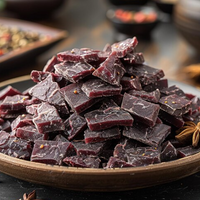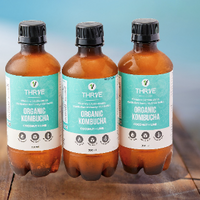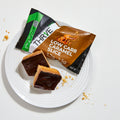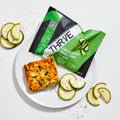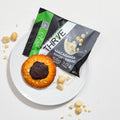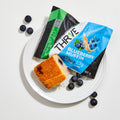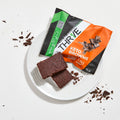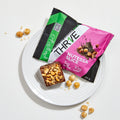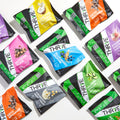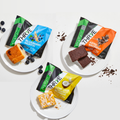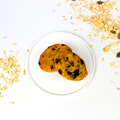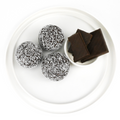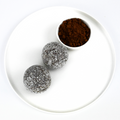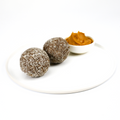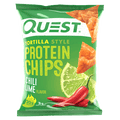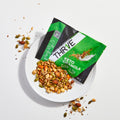Struggling to hit PBs now carbs are out of the picture? Here’s how to go low-carb without compromising your training.

The low carb diet can be an effective way to burn fat and fuel your workouts at the same time. The key is getting the balance right so you don’t suffer without the pre-workout pasta party.
“In general, a low-carb diet is likely to be fine for most people exercising at low-to-moderate intensities,” advises nutritionist Shannon Young. “For prolonged higher intensity exercise, more planning will be needed to ensure you are meeting your macronutrient needs. If you reduce your carbohydrates in the right way, your body will burn fat as fuel – this can help preserve glycogen stores and keep you from ‘hitting the wall’ during endurance exercises. However, there may be an adjustment period where you’re not kicking the same goals that you are used to.”
It can be helpful to consult a nutritionist before you start a low-carb diet, so you have a nutrition plan that aligns with your training style and activity levels.
Food For Fuel
While everyone’s needs will be different, there are a few general things to keep in mind when training on a low-carb diet. When fuelling up post-workout, make sure you get enough protein. “Consuming protein post-workout gives your body the amino acids you need to repair and rebuild muscle,” advises Shannon. “Consuming fat post-workout can also help promote muscle growth – so you can incorporate some healthy fats after your workout.”
You also want to eat the bulk of your carb allowance between 30 minutes and two hours post-workout. “Even if you’re keeping your carb intake very low, this is going to be the best time to consume that allowance to replenish your glycogen stores,” says Shannon.
Make sure the foods you do eat are easily digested to promote faster nutrient absorption. “For carbs, try sweet potato, quinoa, fruits (berries or banana), oats and brown rice. For protein, include foods like eggs, Greek yoghurt, cottage cheese, salmon, chicken or tuna and get good fat from wholefoods such as avocados or nuts,” says Shannon. “It’s also good to boost your nutrient intake with dark, leafy greens and vegetables. Plus, drink plenty of water because it is crucial to replenish the fluids and electrolytes you sweat out.”
Hungry before training? Shannon suggests having some Greek yoghurt with berries, grilled chicken or turkey, a handful of nuts and seeds or simply a cup of tea or a long black.
Train For Carbs
If you’re following a low carb diet and hitting the gym regularly, you may want to consider cycling your carbs instead. This approach essentially involves increasing your carb intake after exercise, then sticking with a low carb diet on rest days.
Here’s how it works: “During exercise, your body's glycogen stores are used as fuel. Consuming carbs after your workout helps replenish these stores. It takes 24 to 48 hours to fully restore the muscle glycogen that you deplete during exercise. Therefore, if you are following a low carb diet it will take longer to replenish glycogen,” Shannon explains. “Eating carbs post-workout to rebuild glycogen stores can be important for people who exercise multiple times in a 24-48 hour period. However, if you have 1 or 2 days to rest between workouts, this becomes less important.”
Following this approach can help give you more energy. “On rest days, sticking to a lower carb diet is certainly beneficial. However, consuming some unrefined carbs post-training can maximise recovery. As mentioned, 30-120 minutes after training is generally the best time to consume your carbs because this is when glycogen repletion rates are highest.”
The take-home here is to make the low carb diet work for you. You may need to use a bit of trial and error to figure out your optimal carb intake, so you can perform at your best.
This article originally appeared on Fitness First's Get There blog.

